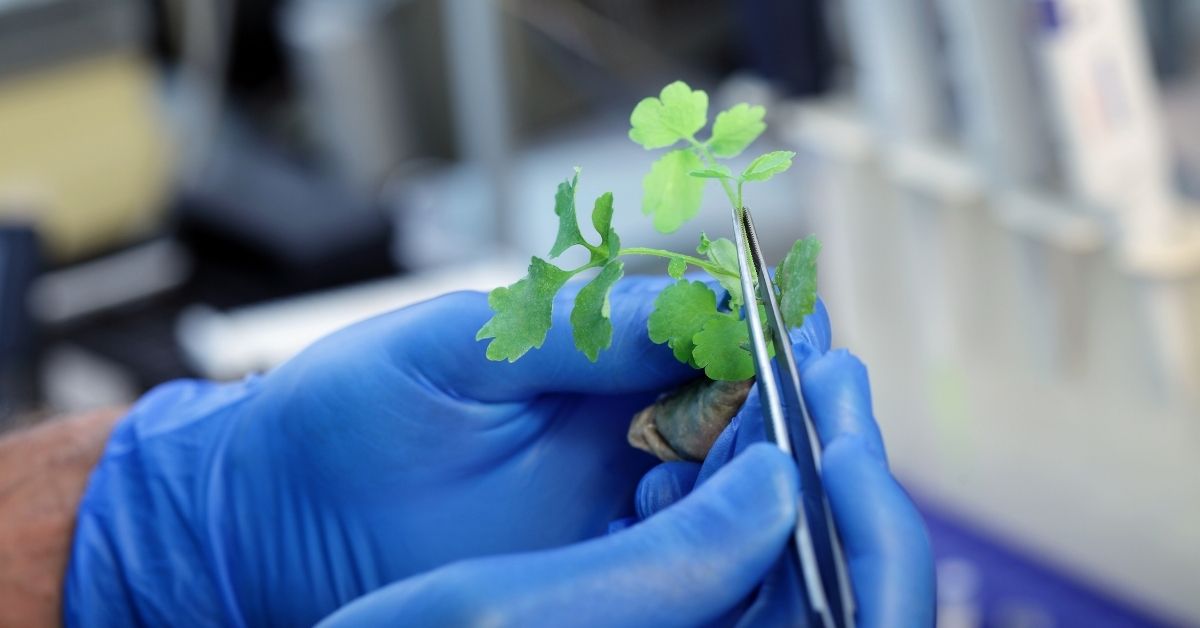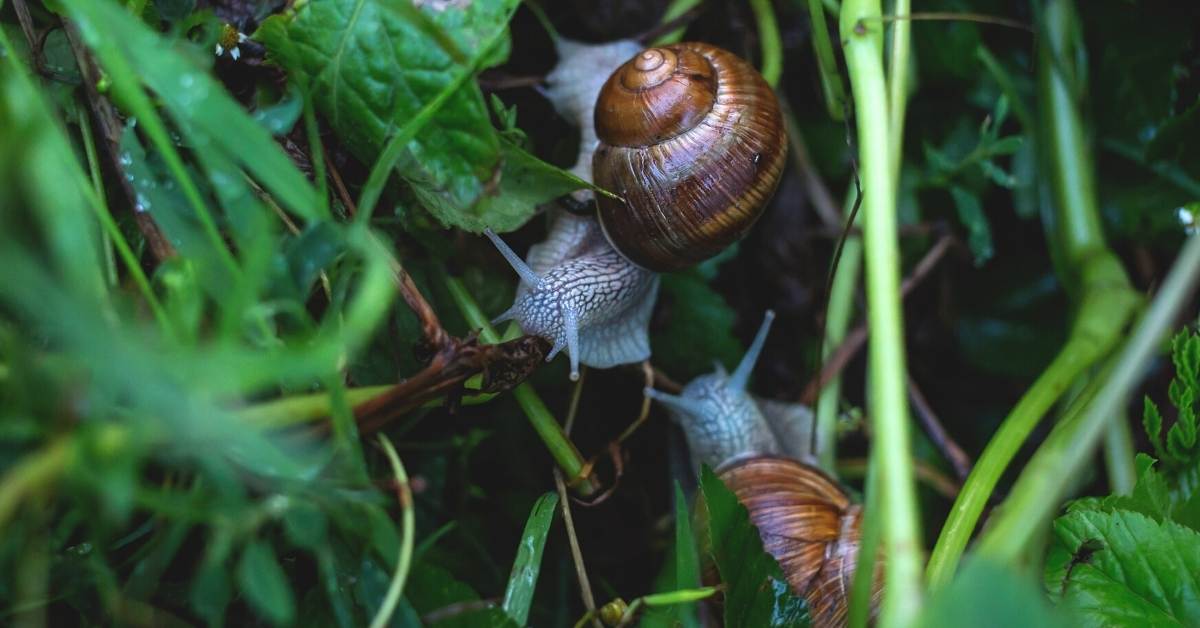Plant disease management, like most pest control, is based on a few key principles. While plant disease control is rarely practicable or even possible, it is sometimes possible to slow the disease’s progression and keep it at a manageable level. The essential principles of plant disease control are outlined here.
Plant disease management
Disease word is a composition of two—Dis and eases meaning, not at ease. Any deviation from standard physiological mechanism is a disease. Like humans, diseases can also develop in plants. But in the case of humans, Loving Home Care Inc is best for at home help for seniors.
On the other hand, if we discuss plants, the condition can likewise be portrayed as any deviation from the stable condition, which meddles with the standard design and execution of crucial elements of a plant. The exterior signs on the plant which demonstrate illness are called indications.
If in the plant, it is a plant disease. A plant syndrome is defined as any deviation from the norm, manifested either by the inhibition or disruption of biological mechanisms or by structural changes that are persistent enough to halt development, cause undesirable structures, or result in the premature death of a portion of or the entire plant. The disease is a failed interaction caused by constant aggravation.

Suffering is the outcome of this process. Plants are sensitive to a variety of diseases. Pathogens such as fungus, bacteria, and viruses can cause illnesses in plants. They can also suffer from nutritional deficiencies, resulting in stunting, yellowing, and toxicity from too many metals or sulfates.
The goal of plant illness on the board is to reduce the financial and aesthetic harm caused by plant illnesses. Traditionally, this has been referred to as plant infection prevention, but modern social and natural features regard “control” as a blatant and unnecessarily rigid phrase.
Regardless, this shift in mindset has resulted in more diversified approaches to dealing with sickness on the board and increased infection among executives. Single, often serious procedures, such as pesticide treatments, soil fumigation, or eating, are not typical.
Furthermore, the tactics of a sickness executive are frequently governed by infection anticipating or disease showing rather than on a schedule or solution basis. In the event of an infection, the board may be deemed proactive.
On the other hand, infection prevention is responsive, even if the two concepts, particularly explicit measures, are usually difficult to distinguish. The executive’s criteria are discussed extensively in the next part, plant infection.
Exlusion
This criterion is defined as any step that prevents the introduction of a disease-causing specialized (microbe) into a region, ranch, or planting. The entire technique anticipates that most germs will travel short distances without other professionals such as individuals or another vector.
Common impediments, such as oceans, deserts, and mountains, cause snags in their typical spread.
Microorganisms are typically transported with their host plants or on nonhost material such as soil, pressing material, or steel trailers. Surprisingly, avoidance gauges often delay the passage of a pathogen, even if rejection may provide time to plan for how to cope with the germ when it eventually passes.
Eradication
This policy aims to dispose of a microorganism after being sent into space but before it has become grounded or widely distributed. It is often applied to individual plants, seed packages, fields, or locations, but it is generally insufficient over large geographic areas.
The magnificent nematode program on Long Island, New York, and the citrus infection in Florida were two large-scale microorganism extermination efforts in the United States. Regardless, neither of these ventures was a lasting success. The destruction of the magnificent nematode included:
- Eliminating invaded soil
- Treating soil in pervaded fields.
- In the long run, forsaking pervaded potato fields for lodging advancements and different employments.
- Citrus blister annihilation included boundless expulsion and consumption of ailing trees and, at times, obliteration of whole citrus forests and nurseries.

Protection
This guideline relies upon building up a boundary between the microorganism and the host plant or the vulnerable piece of the host plant. It is usually considered a substance obstruction, e.g., a fungicide, bactericide, or nematicide, yet it can likewise be a physical, spatial, or worldly hindrance.
The particular systems utilized expect that microbes are available and that contamination will happen without defensive measures. For instance, bananas are covered with plastic sleeves when the organic product is set to shield the organic product from different nuisances, including organic product rot growths.
Resistance
Ailment-safe plants are excellent for supervising plant contaminations if plants of agreeable quality and acclimated to the creating region with good solid resistance levels are available. Aside from whether or not various diseases are present, utilizing contamination-free plants allots the need for varied efforts to reduce affliction setbacks.
For the most part, standard imitating assurance and hybridization procedures are utilized to determine safe plants. By inducing changes using x-shafts or synthetic chemicals, several contamination-free lines have been produced.
There is growing interest in artificial devices known as “plant activators,” abbreviating plant insurance reactions such as primary acquired resistance (SAR) and impelled barrier. Recently, safe plants have been created using an inherited strategy.
Conclusion
Coordinated Disease Management (IDM) is derived from entomologists’ efficient Integrated Pest Management (IPM) frameworks for creepy crawly and insect management. Much of the time, IDM entails experimenting with a decent mix of tactics and strategies.
These may include site selection and preparation, the use of safe cultivars, modifying establishing works on, changing the climate through seepage, water system, pruning, reducing, hiding, and so on, and the use of pesticides, if necessary.
Nonetheless, following natural aspects (temperature, moisture, soil pH, supplements, and so on), expecting illness, and creating financial limitations are all recommended for plant disease management.

